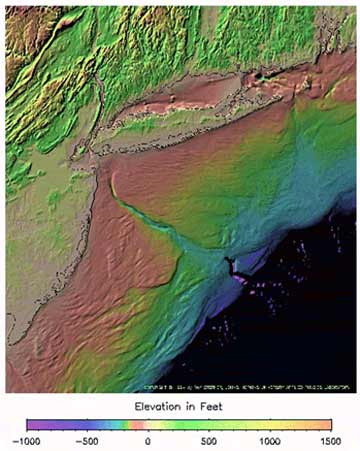


The origin of the sediment flows could be anything from flooding in the feeding river (bringing a lot of material into the ocean) to the activity of storms on the shelf, which stir up al lot of sediment. The first process tends to make canyons deeper, while the second one makes them wider. canyons in the Rockall Trough, NE Atlantic).Ĭanyons are formed by a combination of the erosive and abrasive forces of sediment flows, and of slope failures such as submarine landslides occurring on the canyon flanks. Cap de Creus Canyon in the Mediterranean Sea).įinally, there are also canyons that do not cut the shelf, but are formed deeper on the continental slope, sometimes as the result of repeated submarine slides cutting upslope into the continental margin sediments (e.g. Nazaré Canyon offshore Portugal), or may catch the currents and sediments at the end of a Bay (e.g. They may be following the course of a deep-seated fault in the geology (e.g. Others do cut right into the shelf, but are not necessarily connected to a river. the Mississippi Canyon or the Congo Canyon). Some of the canyons that have been mapped are directly connected to a river system on land (e.g. So there is still a lot to discover in the near future! However, in some places we have much more detailed seabed maps, and we see that the better the maps, the more canyons we find. A recent study by Peter Harris and Tanya Whiteway counted at least 5849 of them! This work was based on a global bathymetric dataset of the oceans (ETOPO1) that is reasonably detailed. Submarine canyons occur worldwide, along all ocean margins. Unfortunately, in addition to that sediment, they also tend to funnel our human garbage and pollutants into the deep sea… 200 m depth), and the abyss (reaching depths over 4000 m). They are considered to be the main pathways for sediment transport between the shelf (ca. ∎ a deep artificial channel serving as a gutter or drain.Submarine canyons are steep-sided submarine valleys cut into the continental slope. Where a flow of sea water has a greater density than that surrounding it, the mor… Alaska North Slope, Alaska Current An oceanic water boundary current produced by the deflection of the North Pacific Current by the North American continent. Rip currents can tr… Turbidity Current, turbidity current A variety of density current that flows as a result of a density difference created by dispersed sediment within the body of the cu… Density Current, density current Current that is produced by differences in density. Such currents are c… Rip Current, Rip currentĪ rip current is a narrow, river-like channel of water moving away from the surf (breaking) zone and back toward sea. Boundary Current, boundary current The northward- or southward-directed ocean-water current which flows parallel and close to a continental margin.


 0 kommentar(er)
0 kommentar(er)
